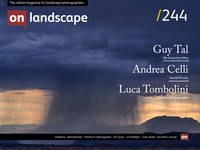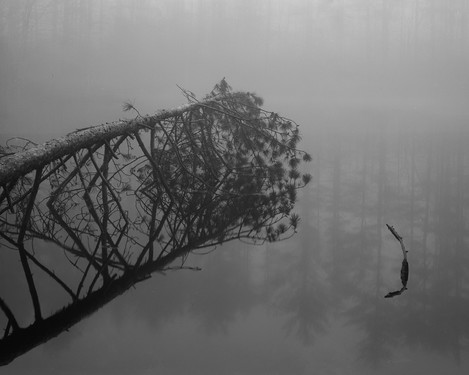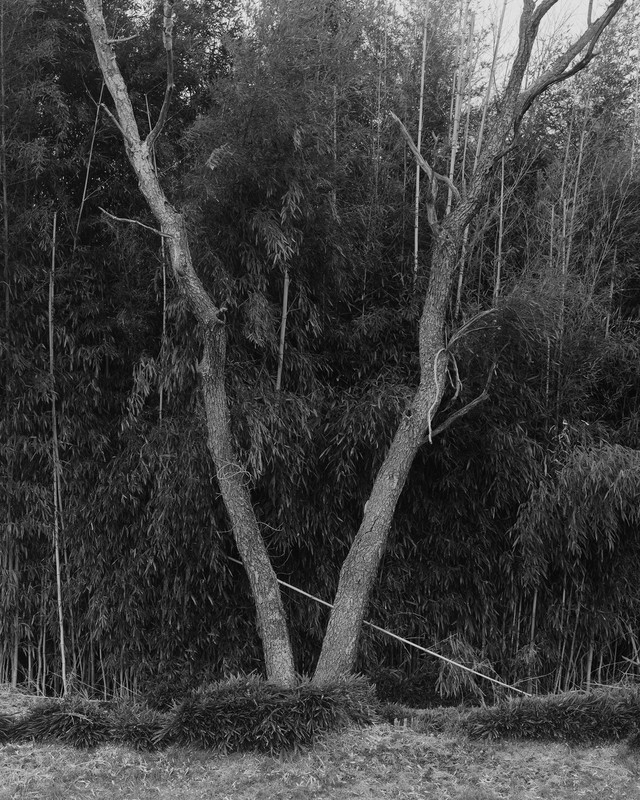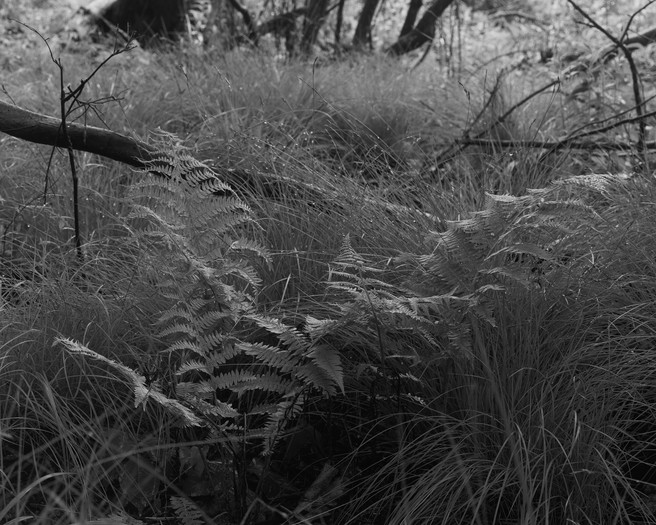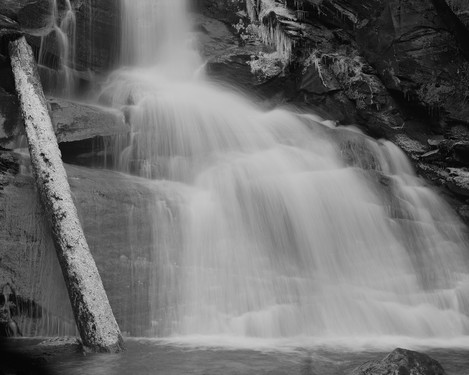Finding Meaning in Life and Art

Cody Schultz
Although it was not until 2014 when I bought my first “professional” camera, I believe a part of me has always loved photography. I remember constantly taking pictures around the house, of my family, of our vacations, and especially of Jazmine, my family’s dog. At first, I had thought that landscape photography was boring, not understanding why someone would want to wait hours on end in a single location, just to end up going home empty-handed. Yet in 2016, I found myself doing exactly that. I found myself going on long hikes with my girlfriend, sweating and panting as we walked up steep hills to various waterfalls, often coming home only to realize that none of the photographs I took were portfolio-worthy. The memories shared, however, made it so much more worthwhile than any photograph ever could. And that, I truly believe, is why landscape photography is so special.
Before the artist can begin down their journey of finding meaning - in both life and art - it is important to understand what, exactly, art is. Though attempts have been made to define art since Plato and Aristotle, there is still no solid definition for this subjective topic. What there is, however, are manners in which to categorise art, which provides at least a basic starting point toward figuring out what art is. One of these manners divides art into commercial, personal and any mixture of the two.
Commercial art can be classified as art that is created for the purpose of advertising or selling a product. One such example of this categorization is that of Andy Warhol and his famous Campbell Soup artwork, a piece containing four differently-coloured Campbell soup cans in a squared arrangement. While at initial view this piece seems to be personal art - and though one cannot guess Warhols goals, it does not take long before the implied intentions of the piece are revealed. As commentary on advertising, the idea is to get the viewer to purchase the product being shown. After having viewed Warhol's piece, the audience is more likely to start heading home, thinking of Campbell's soup, possibly going so far as to stop at the store to purchase a few cans. This is at the commercial end of art: advertising disguised through the vein of art.
Personal art is crafted by the artist with a view through their soul, imbuing their artwork with meaning and emotion, of which only the artist may understand or "get." Think of the work crafted by Edward Weston, particularly his series of pepper photographs. While many viewers have witnessed within these fine pieces an underlying dimension of sexual energy - which makes sense, given his primary subject matter being that of naked women - Weston himself had vehemently denied such a thing. The meaning he imbued in his art was different than the meaning his audience found within the pieces. There's nothing wrong with this, however, as the art still maintained some sort of meaning - thereby making it personal art - even if the meanings did not line up between artist and audience. Even if the majority of individuals do not "get" the meaning or emotion behind an artwork, it can still be considered personal art. This is evidenced by Lo Sono (which translates to "I Am"), an invisible sculpture by artist Salvatore Gaura, which sold for an astounding 18,300 dollars (15,000 euros). Salvatore described the piece as being made of "air and spirit," telling in a video about the piece that Lo Sono “asks you to activate the power of the imagination, a power that anyone has, even those who don’t believe they have it.”
A mixture of these two categories may also exist, though only in one direction. Personal art can become commercial art, but the opposite is unlikely. Think of Ansel Adam's photographs of Yosemite. Originally created in order to appease his artistic side - his pieces imbued with emotion and meaning - they were consequently used to bring attention to the beauty and importance of national parks, thereby "selling" a "product."
When it comes to a true definition of art, the closest there seems to be is described by the Merriam-Webster dictionary, in which they claim art to be "the conscious use of skill and creative imagination especially in the production of aesthetic objects." Although this definition suits commercial art rather well, it struggles to incorporate the meaning and emotion which makes personal art so, well, personal. So then, how can personal art be defined?
It is interesting to find that the Merriam-Webster’s English Language Learner's definition for art suits personal art in a much more appropriate manner. "Something that is created with imagination and skill and that is beautiful or that expresses important ideas or feelings" - how beautiful a definition is that for such a subjective idea as personal art? Why, it must be asked, is this definition buried in the ELL's dictionary, hidden from view of the public eye? This simple definition lays out the most important aspects of personal art in a manner which everyone can understand - even those just learning English.
Through the use of this definition, we are able to better close what is often thought to be such an open subject, such a cause for rigorous debate. In order to best accomplish this, the definition should be used so as to dismantle the creation of art into three primary components. They are as follows: the item of art itself, an item of beauty or skilled creation; the act of looking deeper at oneself and the world (self-discovery); and the communication of discoveries made while looking deeper at oneself and the world.
According to the Merriam-Webster ELL definition for art, so long as the item of art itself is crafted using imagination and skill - and is beautiful and/or expresses important ideas or feelings - the piece can be considered as (personal) art. This allows for the thinking of art to be simplified in an exemplary manner.
But how can the artist begin to look deeper within them-self and their world? That is precisely the point of this article series, entitled "Finding Meaning: An Artist’s Journey Toward Finding Meaning in Life and Art." Through this series, I hope to help you gain a better understanding not only regarding what art is but, more importantly, how to create art that contains within it personal meaning and emotion. As a whole, artists are among the unfortunate individuals whose lives are plagued with the constant questioning of what, precisely, their life means, if anything at all. This journey toward the finding of such meaning is one every artist must embark on at one point or the other, not only to become a better artist but to become a content - if not an outright happy - individual. I hope to cover ideas such as the definition of success, figuring out what happiness and art have to do with one another, finding passion in art, and more. It is hoped that, by the end of this journey, I can add to your understanding of yourself as artist and individual.

